12 Transitioning Hairstyles That You Can Easily Recreate at Home (Yes, Really)



Katrina Mitzeliotis Lanza

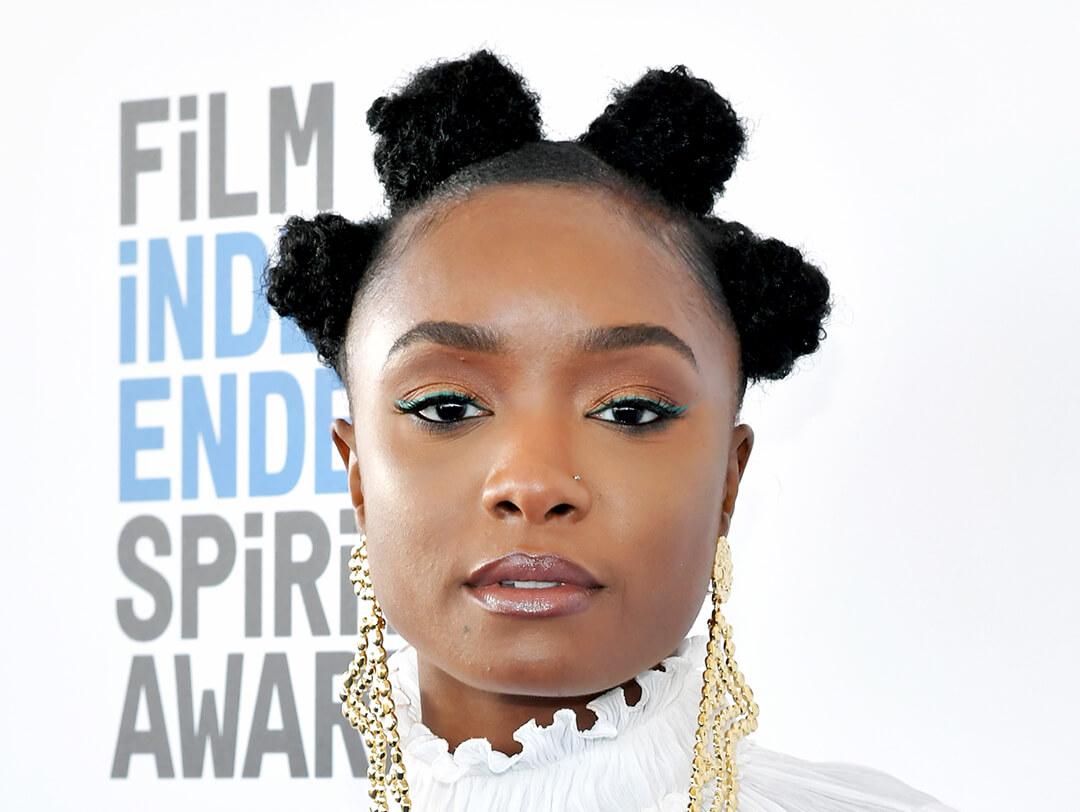
When you make the decision to embrace your natural hair and start the transition process, you might not realize what you’re in store for—especially if you’ve been styling your hair a certain way for so long or are used to relying on your pro stylist for relaxer. All of a sudden, styling your hair is now a task you’re taking on. Not only are you learning new natural hairstyles, but you’re also probably dealing with a variety of different textures as your hair grows out and you become acquainted with your hair type.
Transitioners know all too well that tying to grow out your hair can seem daunting, but resist the urge to turn to heat styling. “I would do so sparingly,” says Jamila Powell, founder of Maggie Rose Salon, who advises clients against straightening their hair. “Whenever you use direct heat, there is a chance of heat damage, which can permanently straighten or damage your curls.” To avoid hair loss and breakage, give your hair a break from the heat.
Whether you opt for the big chop to start fresh or choose to let your length grow before you make any drastic changes, cutting your hair is key. “Split ends will most likely be a huge factor, so you need to make sure you are keeping your hair healthy,” says Powell. If you don’t cut off the dead ends you won’t be able to learn your curl pattern and risk further damaging your healthy hair. If you aren’t ready for a drastic cut, opt for frequent haircuts to keep the ends clean and promote hair growth. “You definitely want to trim away the straight pieces over time with regular trims,” Powell says. If you don’t feel comfortable heading to the salon right now, you can trim natural hair at home.
You should also stick to your hair regimen to ensure you’re giving your hair the TLC it needs. “It's important to still maintain a regular wash day routine with treatments,” says Powell, who tells clients to trim their hair every three months to keep their ends healthy. Using a deep conditioner on wash days and detangling before styling will make it easier to embrace curly hairstyles.
Want to give your strands a break but still want your hair to look good? We get it. That’s why we’ve rounded up the best transitioning hairstyles for beginners that you can easily recreate at home—because growing out your hair doesn’t have to be awkward. “By far protective styles are the easiest way to transition,” says Powell. Not only do they allow you to give your natural hair a break from heat styling and chemicals, but by wearing the hair back you limit damage—and the urge to abandon your natural hair journey mid-transition. “You definitely want to give your hair a break between installing protective styles, treat your hair, and get a trim,” says Powell, who suggests twist outs, twists, or a flexirod set to clients looking for ways to style their hair in between protective hairstyles.
With the right tools, helpful hair tips, and a little inspo, you can look just as good as you do when you leave the salon while also preventing breakage as you embrace your natural hair in style.


It's about glam time you treated yourself.
MEET THE EXPERT
Jamila Powell is the owner and founder of Maggie Rose Salon in Davie, FL.
List of styles
1. Bantu Knots
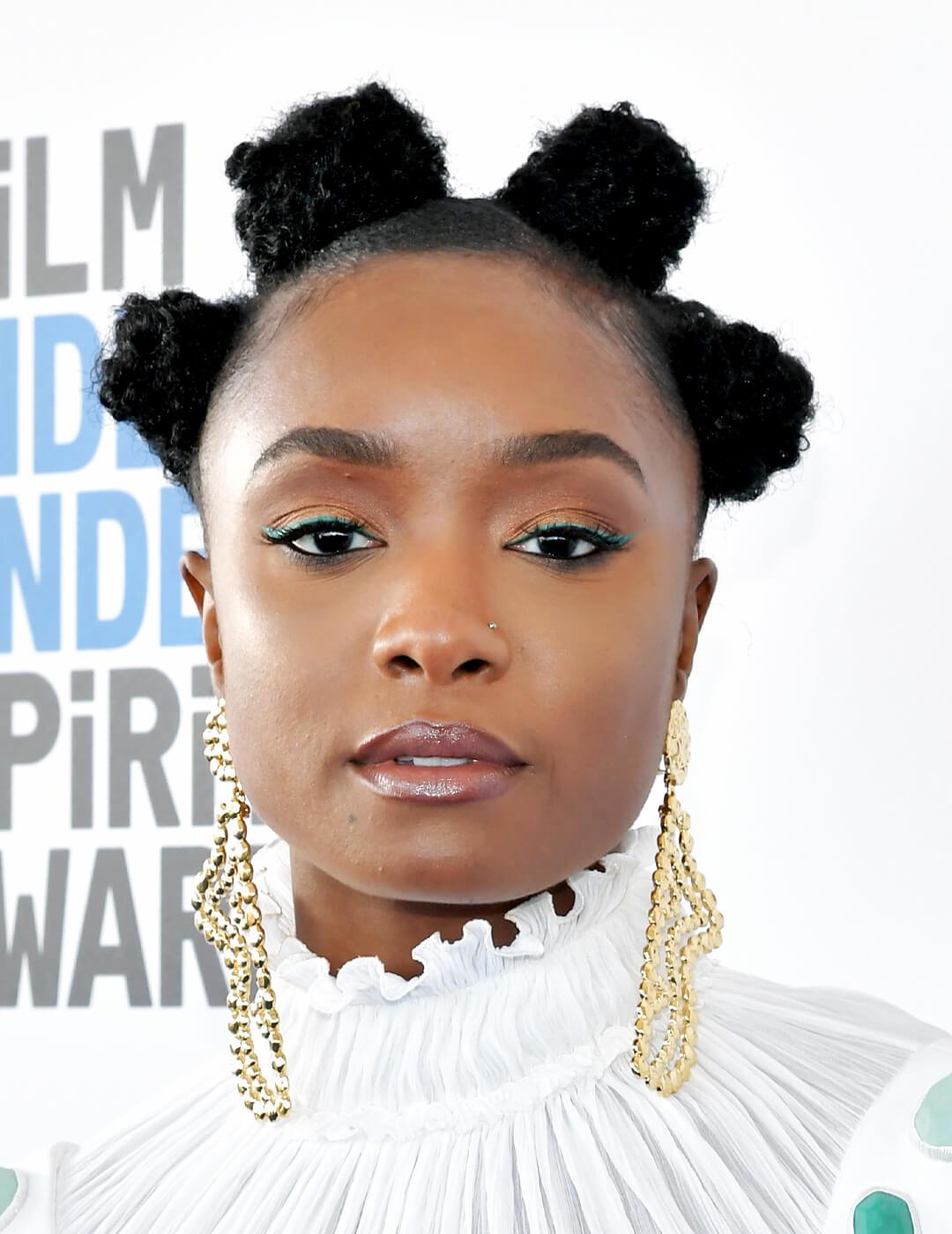

The great thing about bantu knots (seen here on Kiki Layne) is that they easily blend your hair texture when you’re working with partially relaxed hair and partially natural hair—and they also look great on short hair. It’s also a set-it-and-forget-it style. If you’re unsure how to recreate this look at home, you can check out our step-by-step tutorial on how to do bantu knots here.
2. Braid Out
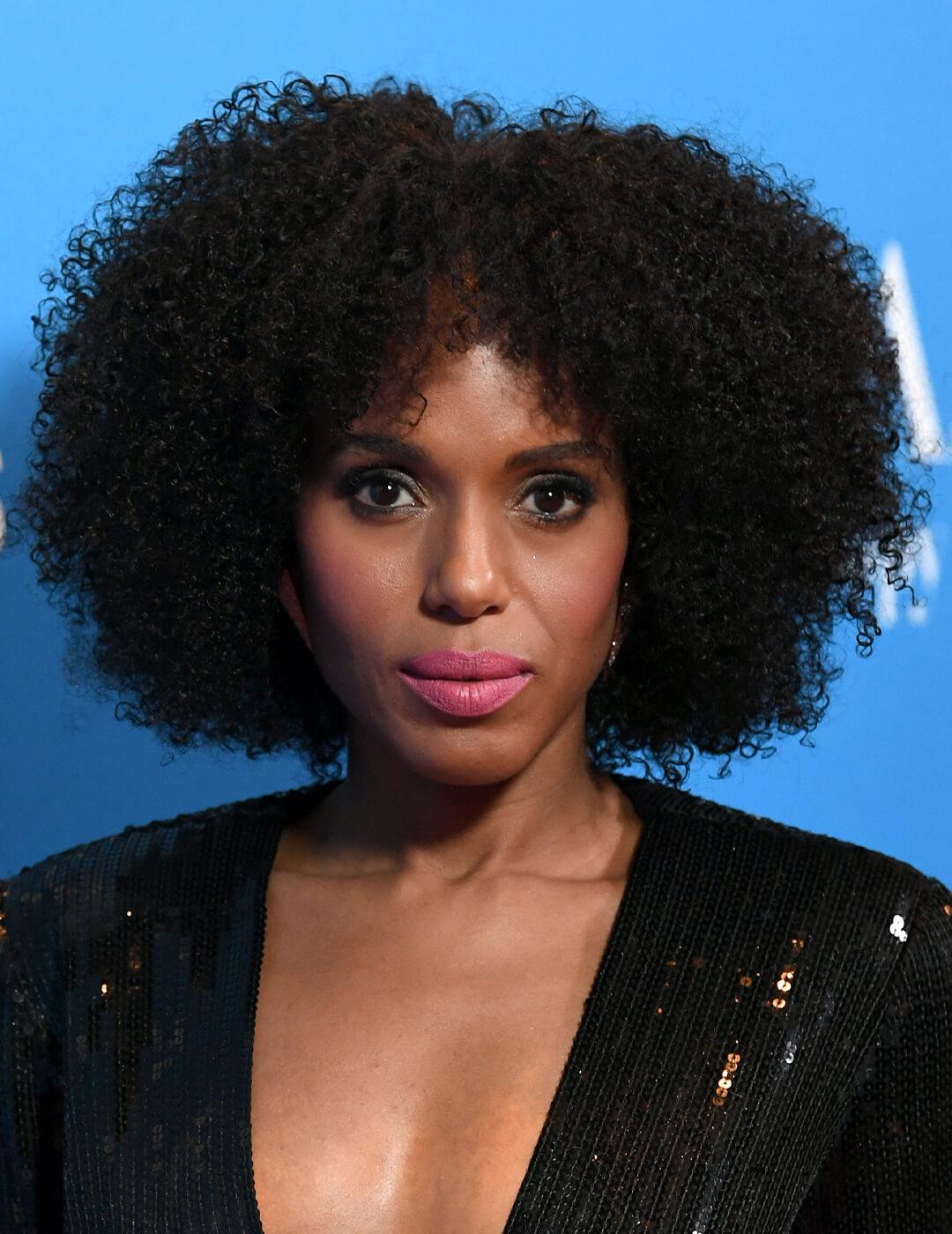

We’ve never met a beauty twofer we didn’t like, and that’s where the Bantu knot-out (or twist out) comes in to simplify your styling woes during the transitioning period. Not only do bantu knots make a major statement on their own, but after you’re done with the style you can let your hair out and enjoy the voluminous curls you’ve created. Curly hair really shines when you take it out of a protective style. Proof: Kerry Washington’s gorgeous curls.
3. Tuck and Roll
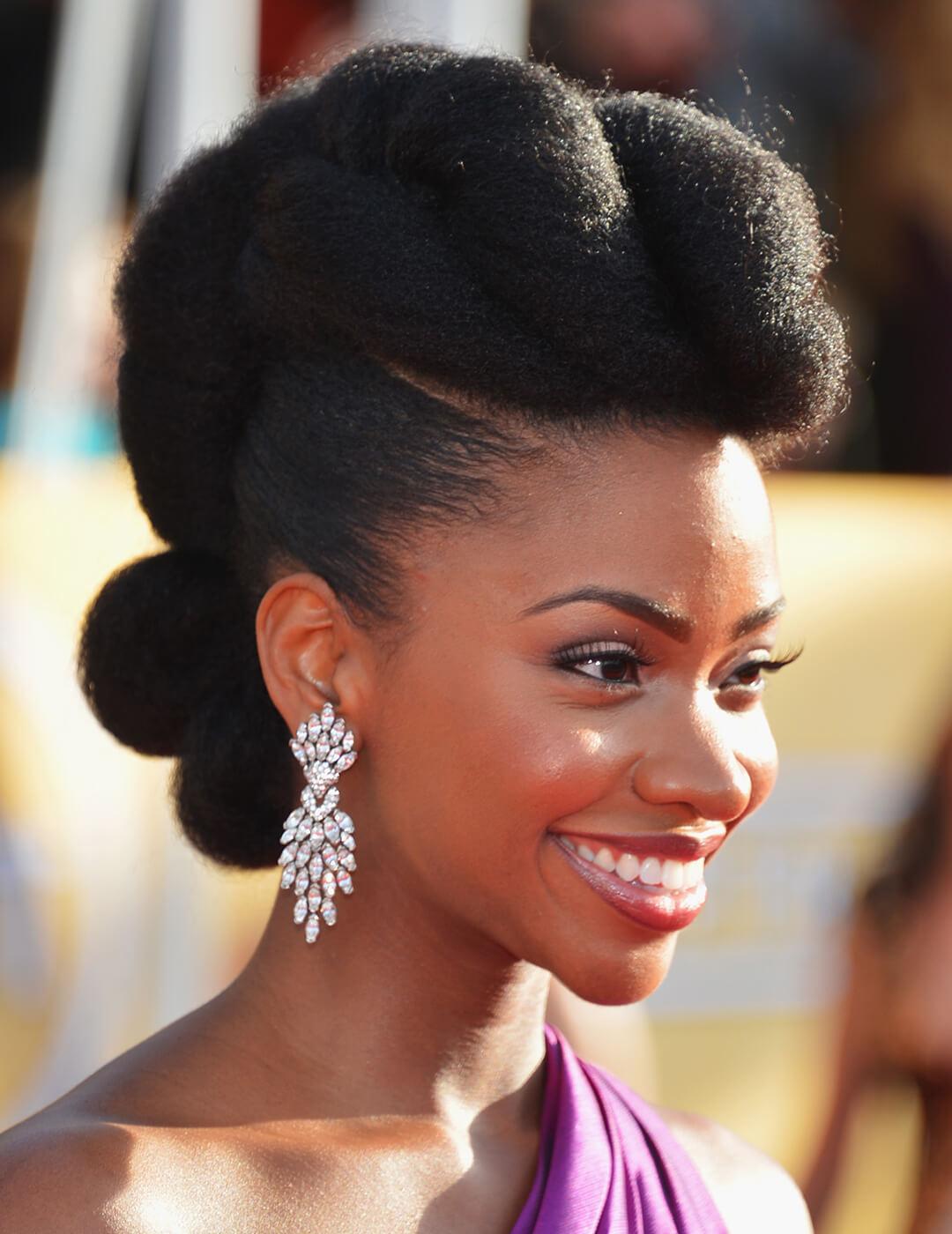

“This is always a beautiful and elegant look,” says Powell. If your hair isn’t long enough for this style, you can add hair extensions to polish off your ‘do. “Put your hair in three ponytails down the middle, attach the extension hair with a rubber band, grab some bobby pins, and let your creativity run wild,” she explains.
4. Perm Rod Set
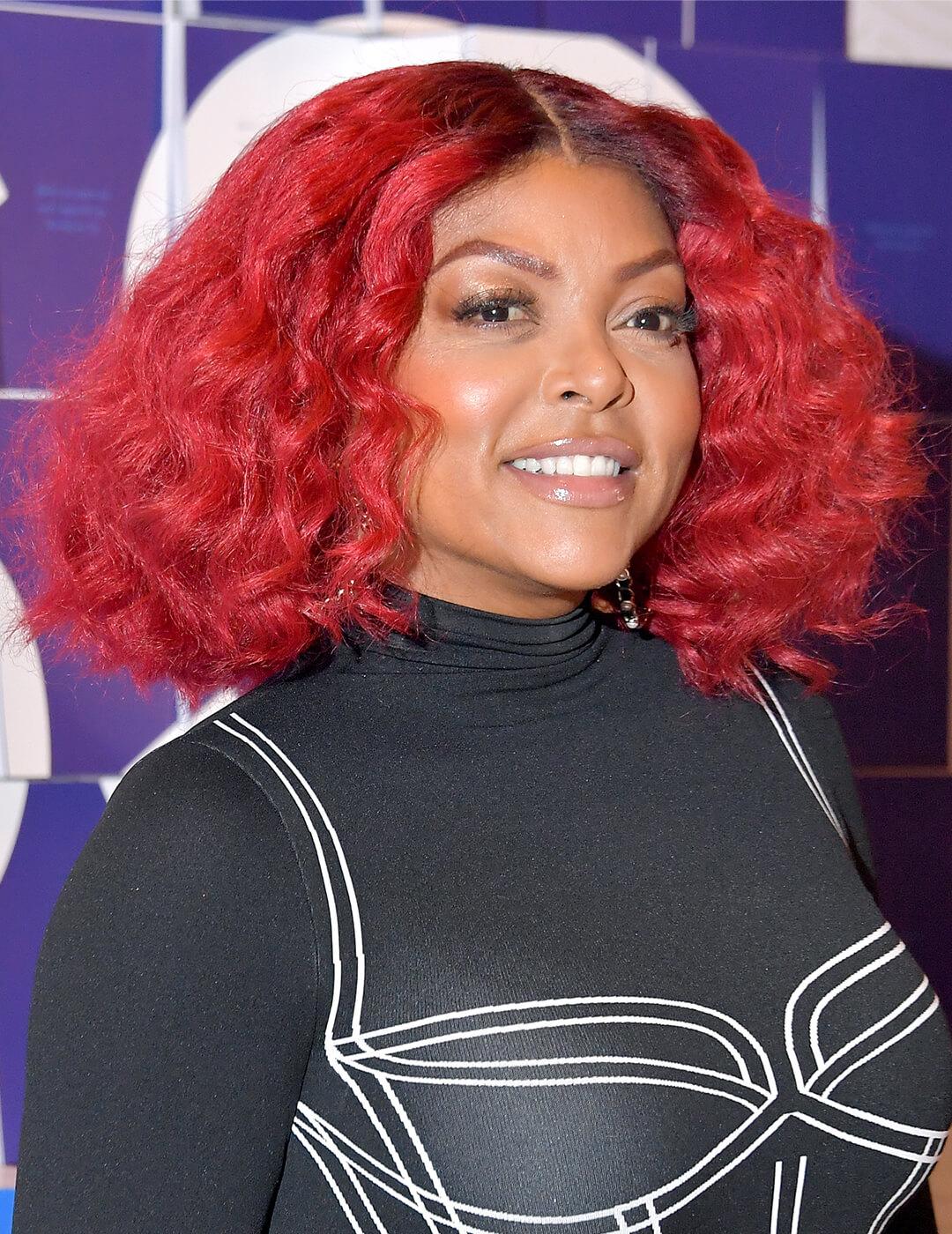

The biggest struggle during the transitioning process is dealing with different hair textures. Luckily, this stylish alternative (modeled by Taraji P. Henson) will make it easier—especially if the ends of your hair are still straightened from a relaxer. “This is the best style to mimic natural curls and it blends the two different textures together, seamlessly,” says Powell, who tells clients to pay attention to the size of the perm rod, because it reflects the diameter of the curl you’re going to create. If you want bigger curls, for example, opt for a bigger flexi rod. If you prefer tight, corkscrew curls, a smaller rod is the way to go.
“Wash your hair, apply foam to small sections, and roll your hair in a spiral motion on the rod,” says Powell. Once you’ve rolled your hair, you can fold one or both sides inward to keep the rod in place. Powell’s pro tip? “Make sure not to put too much hair on the rod, or it will take a long time for your hair to dry,” she says. You’ll also want to moisturize your hair with hair products, (like a hair mask or leave-in conditioner), to ensure your curls stay soft and hydrated. If you aren't a fan of flexi rods, opt for a roller set to recreate the look.
5. Faux Mohawk
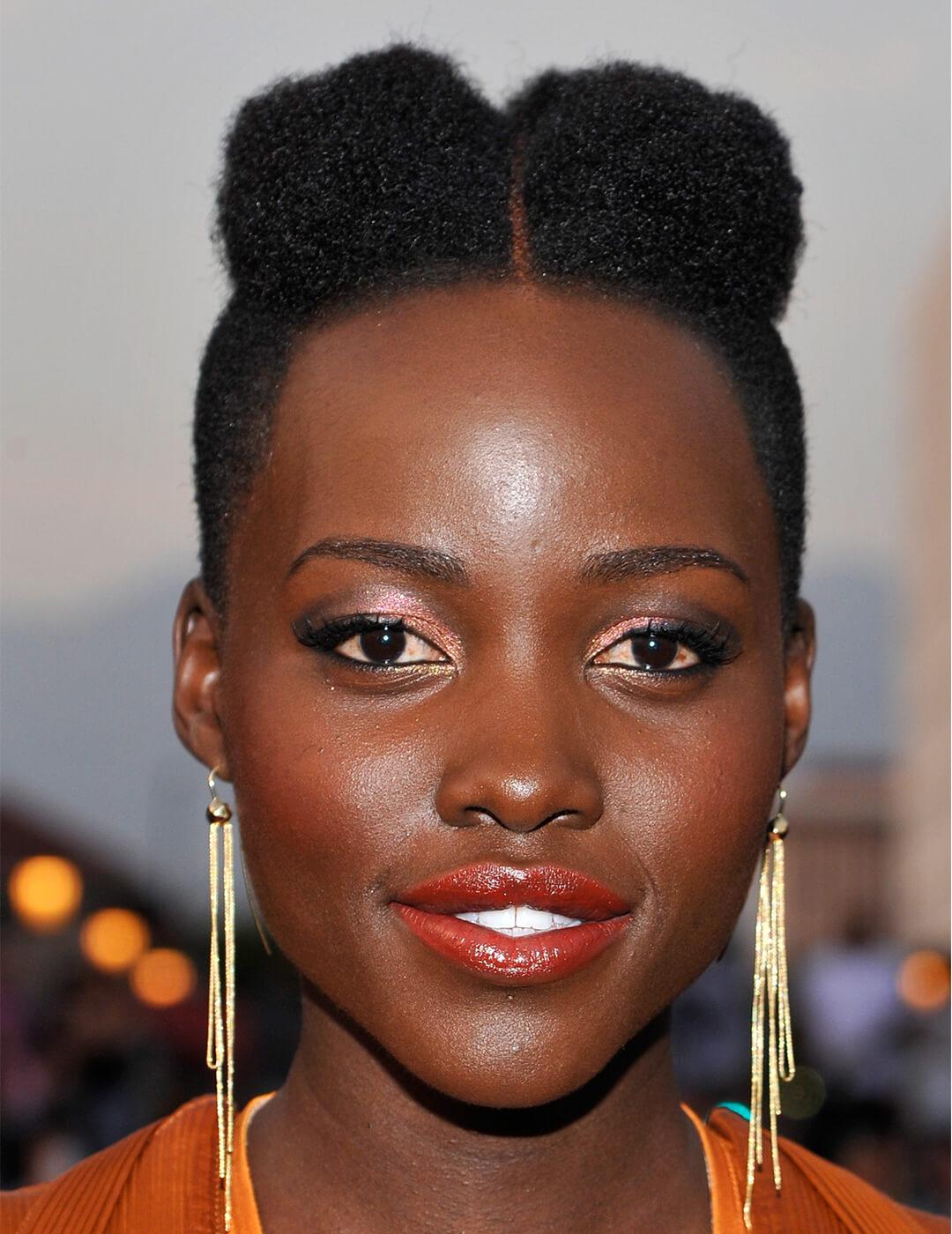

“Keep it cute with this simple style, which is a great way to rock your flexi or perm rod set longer,” says Powell, who tells clients to reach for bobby pins to fasten the sides as they create this sleek look. Whether you have kinky hair or coils, you can easily sport this style.
6. Crochet Braids
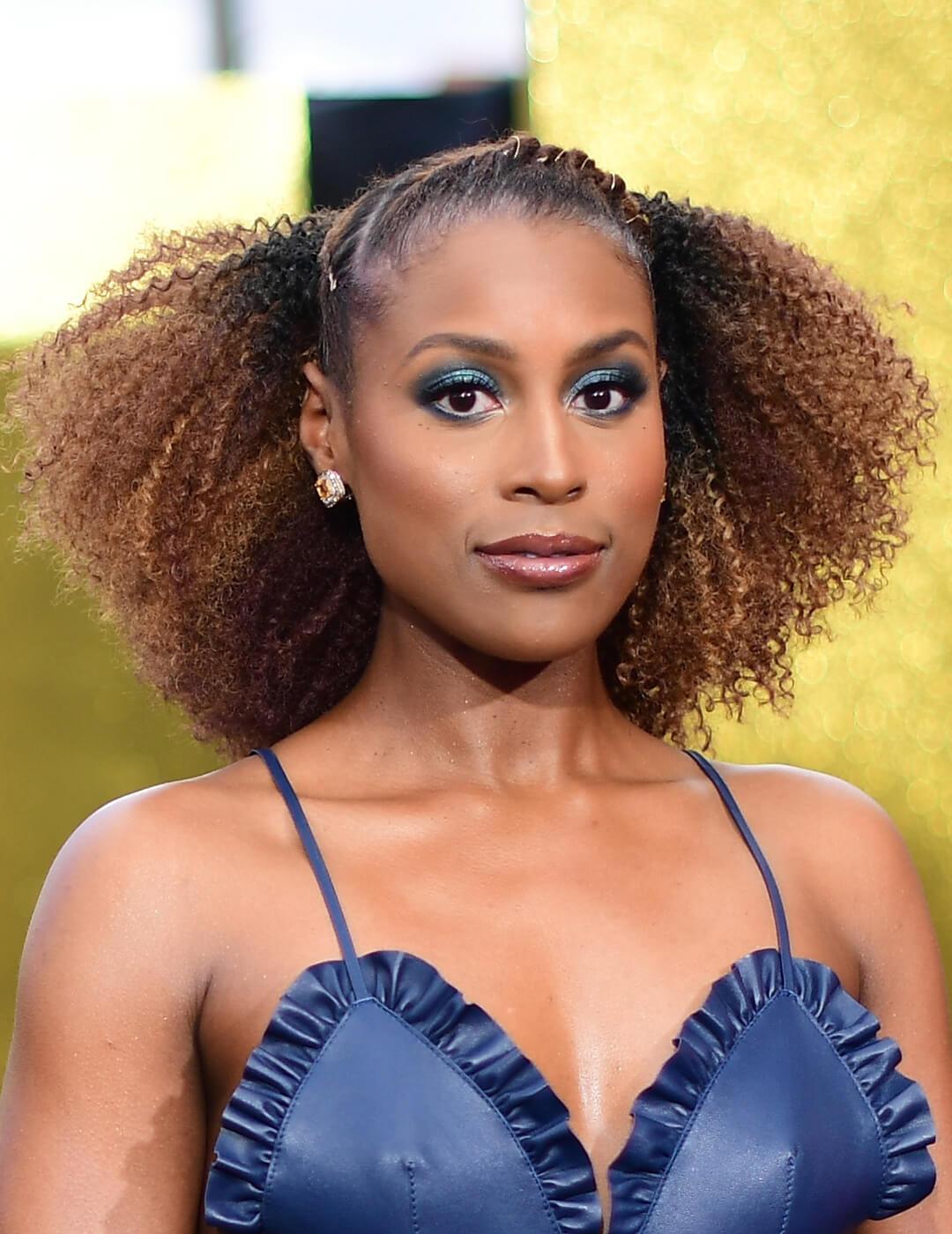

“The good thing about crochet braids is that your cornrows don't have to be super straight or neat,” says Powell. If you can’t get the hang of cornrows, Powell recommends parting your hair in sections from front to back, like Issa Rae’s style. “Take each section, and split it into smaller boxes, twist or braid the hair in the smaller sections, then connect the section by braiding or twisting the smaller sections together from front to back,” Powell says. Using individual braids or twist crochet hair will also make this style much easier until you get the hang of it. “Make sure your braids are spaced out so you have enough room to maneuver the hook,” Powell says.
7. Flat Twists
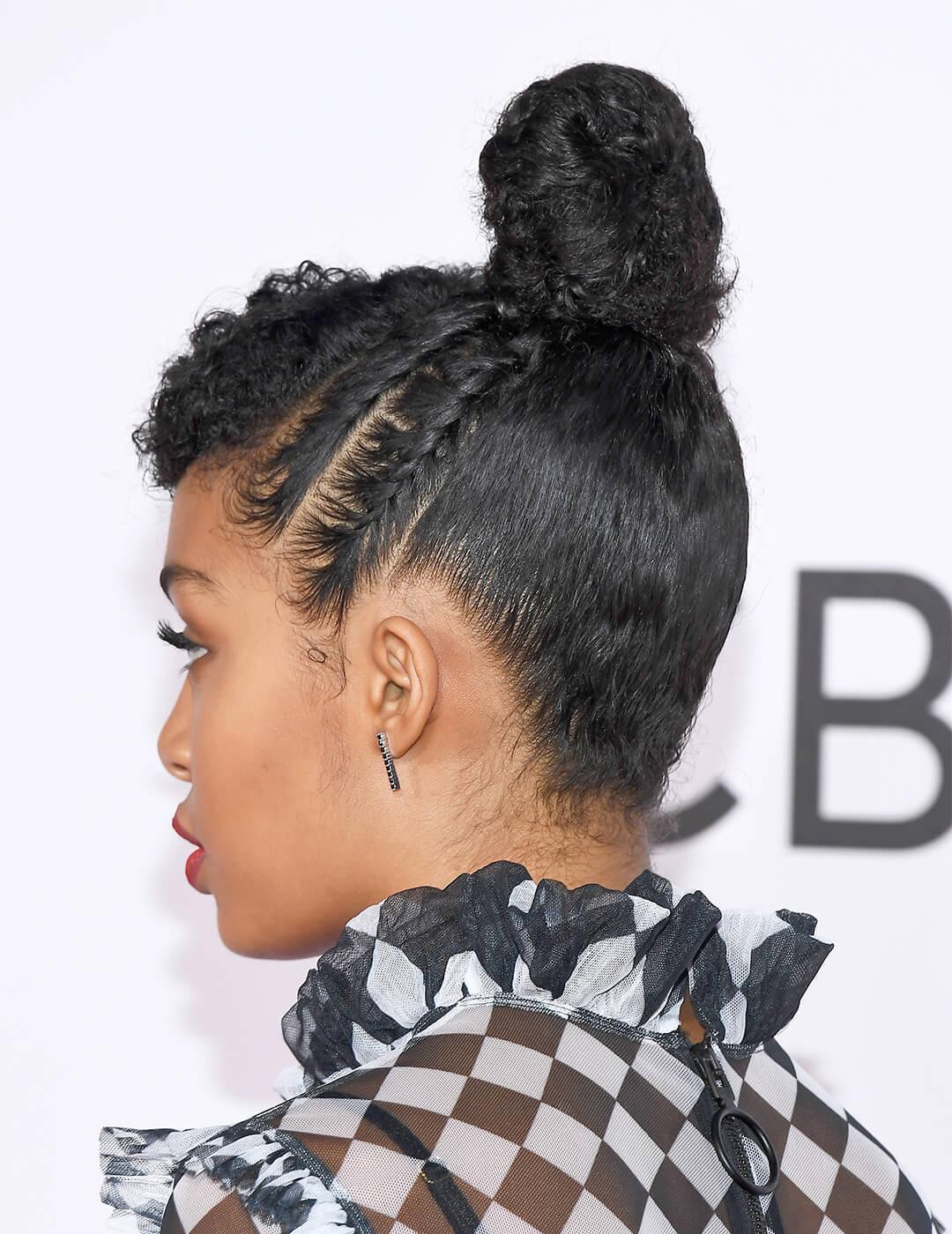

“I know not all people are able to cornrow, and that's okay,” says Powell. If you really love the look but are feeling frustrated, you might prefer flat twists as they’re much easier to do on your own in the comfort of your own home. You can even use them as an accent, like Yara Shahidi. “If you can braid off the scalp, you can use a crochet needle to do individual box braids,” says Powell. Then after you’ve sported your flat twists for a few days, you can embrace the waves created by your braids and rock a flat twist out.
8. Top Knot
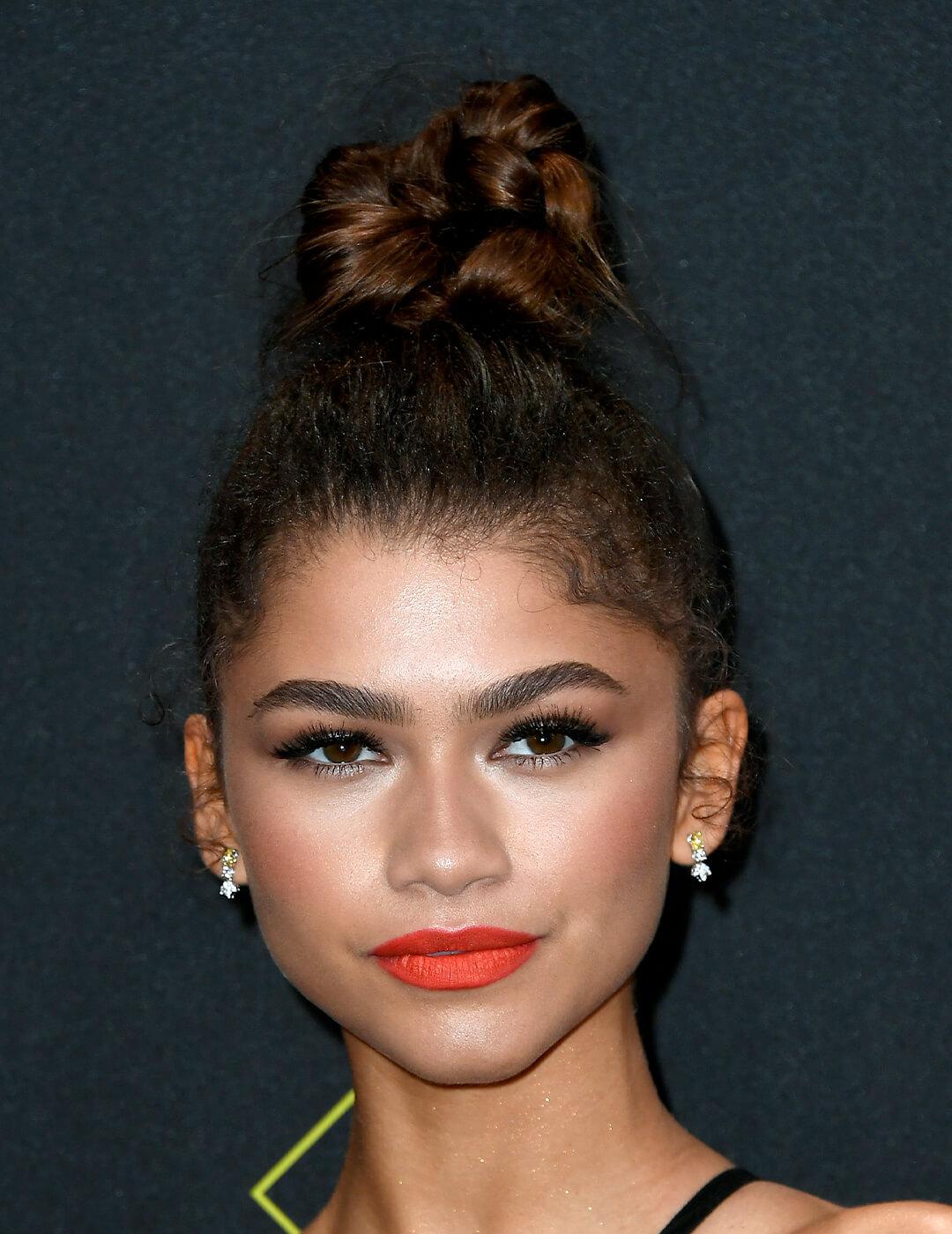

If you have long hair, the top knot (like Zendaya’s) is a stylish, no-fuss way to pull your hair up and make a statement—and it also looks great in an array of natural textures. Before you pull your hair back apply a hydrating hair cream, like the ANDALOU NATURALS Argan Oil & Shea Moisture Rich Styling Cream, and apply it evenly from root to tip.
9. High Puff
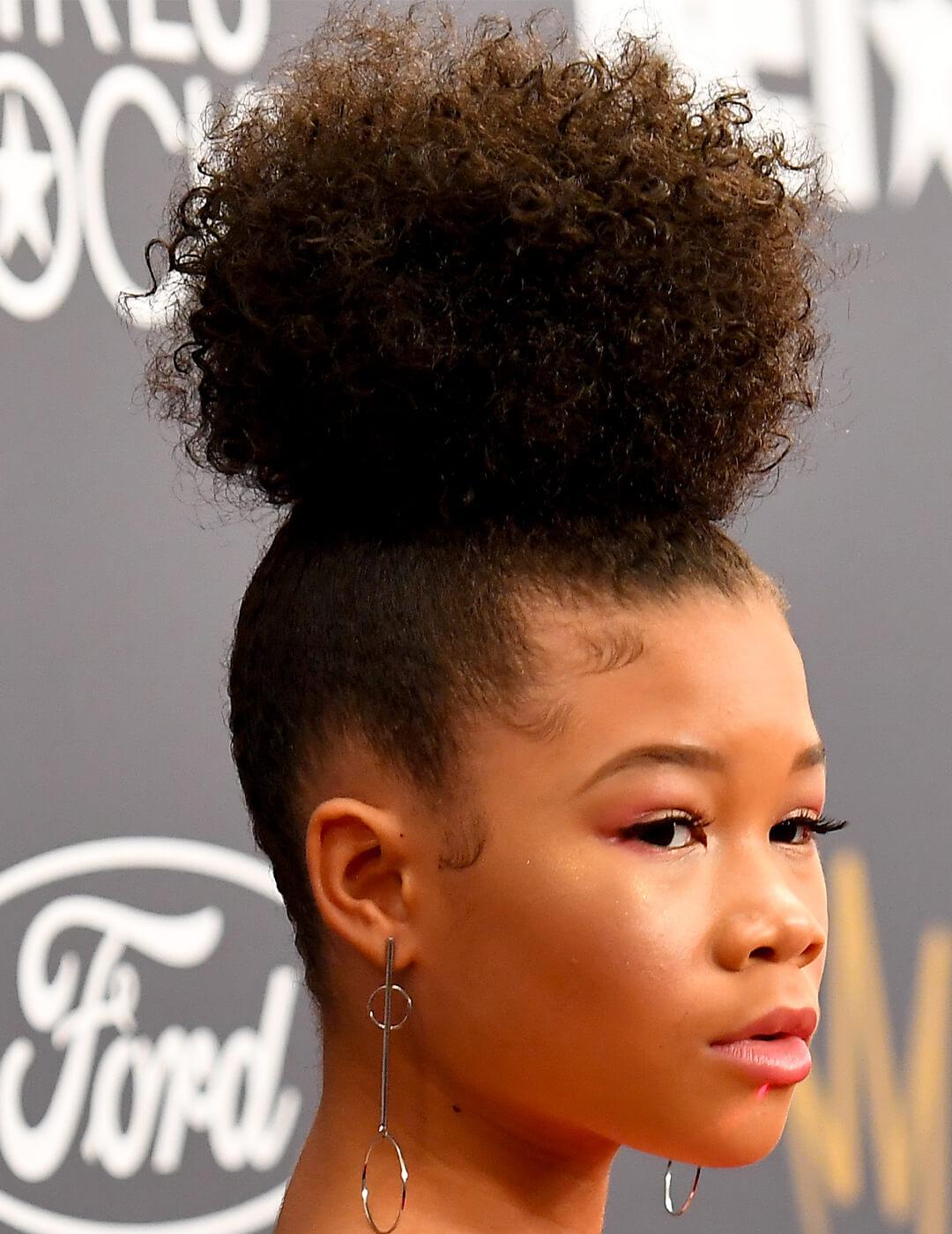

Storm Reid’s stylish updo allows your natural curls to shine, and it’s also a great way to mask the line where your natural hair meets your relaxed ends. Simply slick back your roots and edges and let your textured edges curl freely.
10. Faux Ponytail
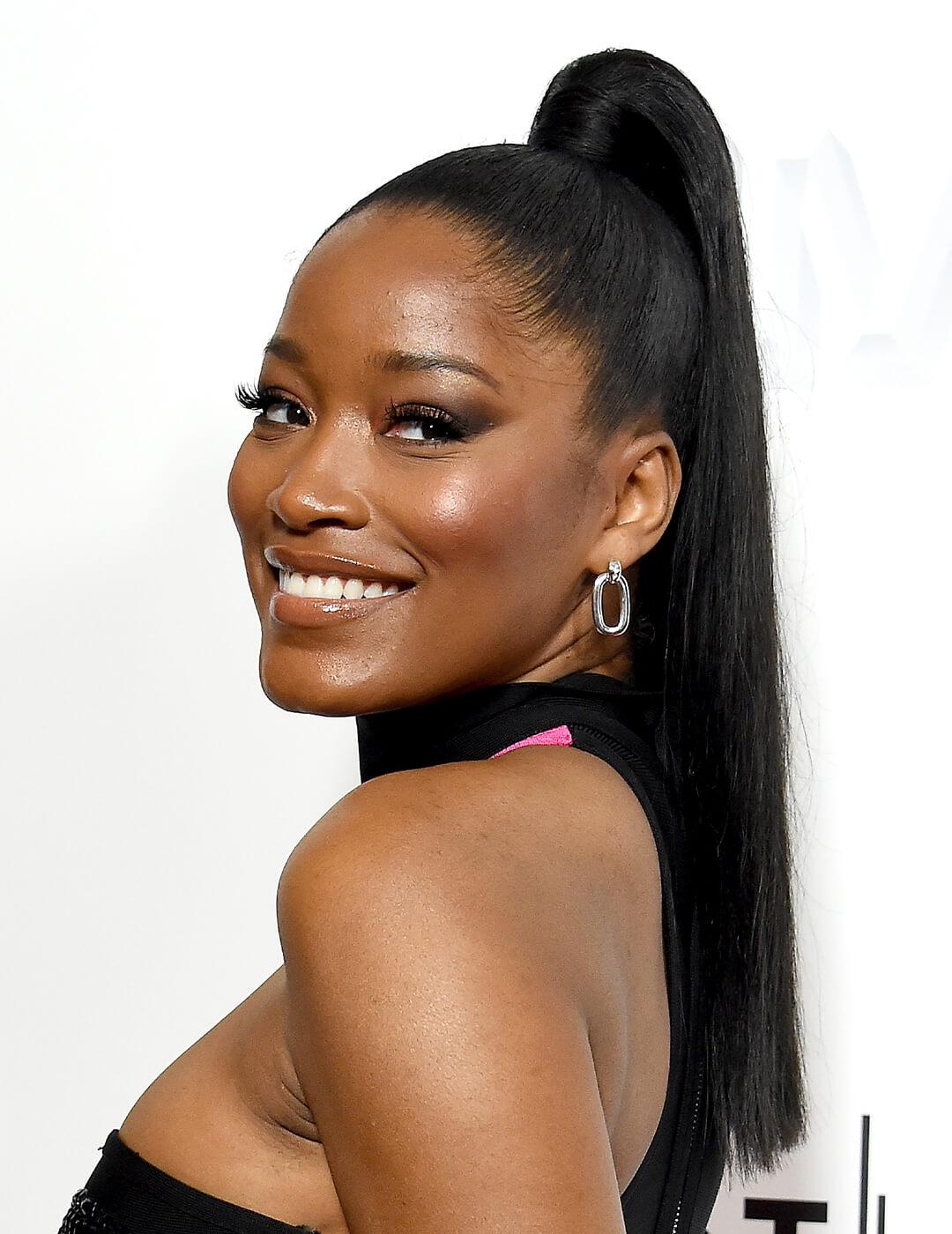

Looking for easy natural hairstyles? Look no further than Keke Palmer’s pony. While there’s no shortage of stylish braided looks that are incredible for natural hair, the truth is that trying to DIY box braids, cornrows, or twists can be quite time-consuming. For those days when you want to look polished but can’t be bothered, the faux ponytail is the look for you. This is especially great for the beginning of the transition phase when you’re dealing with multiple textures. Slick your hair back and attach your ponytail, made of hair extensions, to give your hair a break while still looking sleek and chic. Extensions made from human hair will give you the most natural look.
11. Goddess Braid
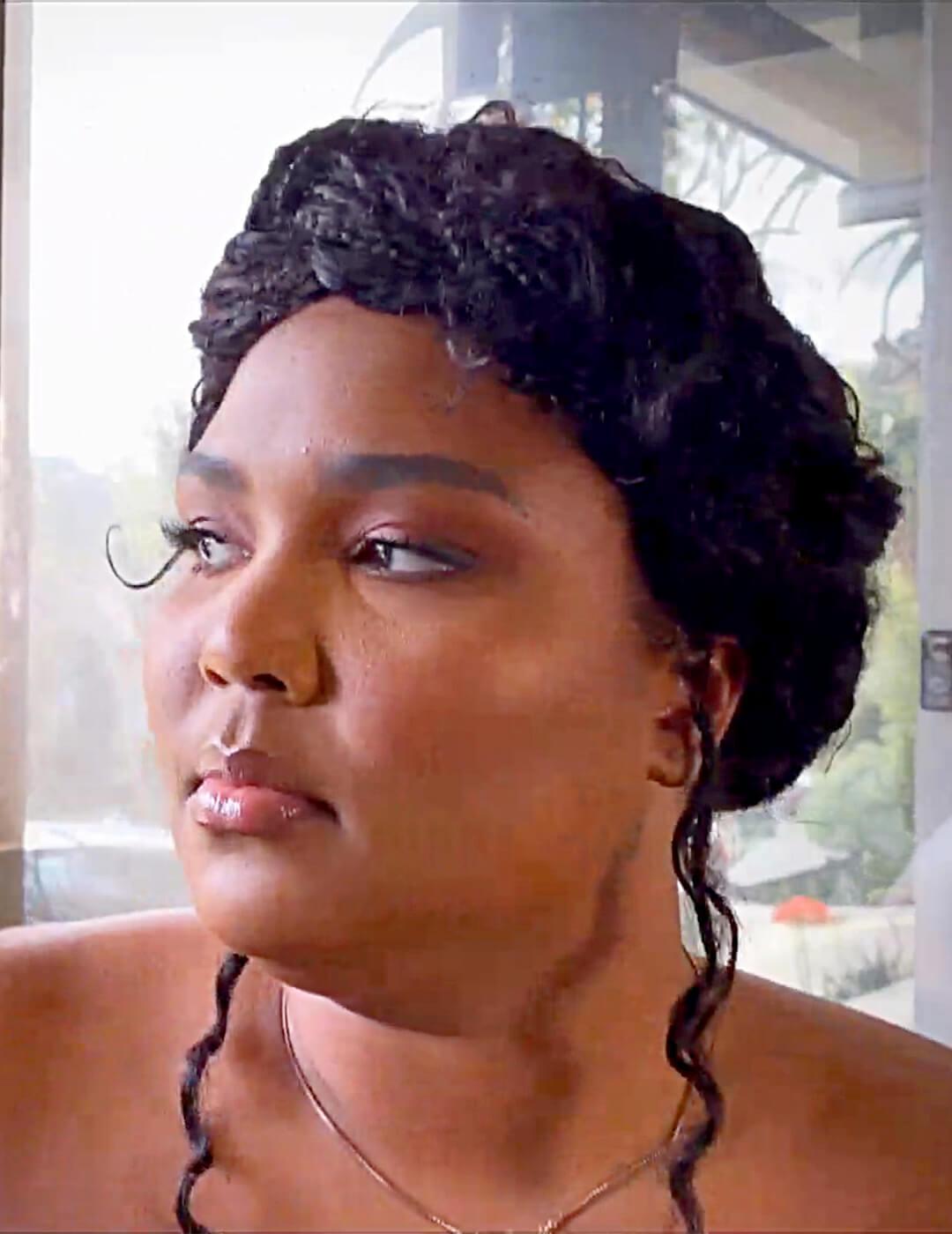

Not ready for the big chop but want to hide your processed ends? Opt for a goddess braid, like Lizzo. Start at the crown to create a romantic, elegant updo that will not only protect your hair but allow you to hide your ends during the transition phase.
12. Headwraps
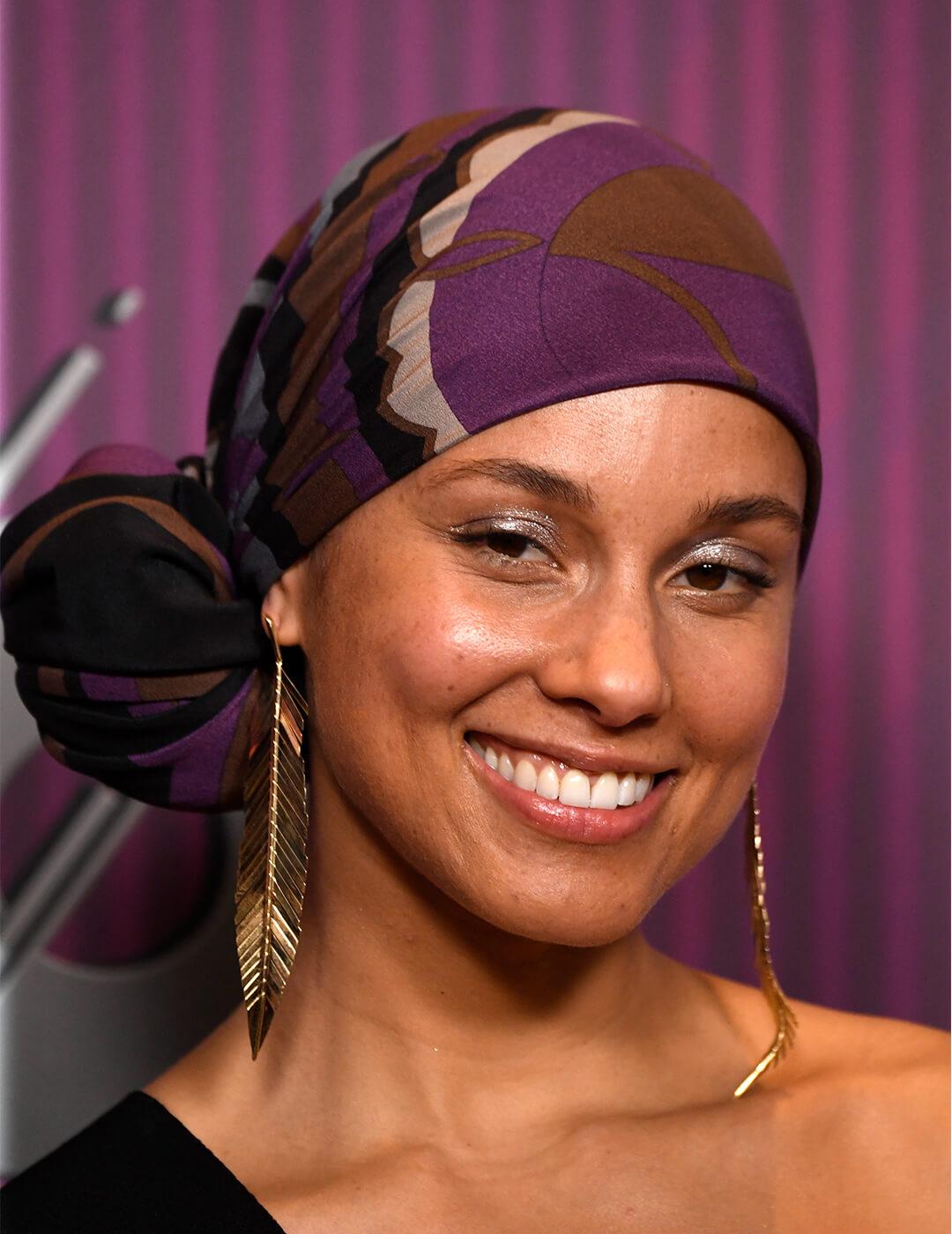

Patience is crucial during the transitioning phase, which is why you should cut yourself some slack. Even the most fool-proof hairstyling tutorials might fail you the first or second time you try to get the hang of styling your natural hair. Before you plug in your straightener, take a deep breath, channel Alicia Keys, and reach for hair accessories. Not only do they make a stylish statement, but they are major saviors on bad hair days or on days when you don’t have the time to fuss over your tresses. “When you don't know what to do, throw on a head wrap,” says Powell.
Ready to show your hair some love? These transitioning hairstyles make embracing your natural hair so much easier and will allow you to head out with serious confidence every step of the way on your natural hair care journey.
Want in on all the IPSY Glam Bag fun? Take our Beauty Quiz now to get started. Already an Ipster? Refer your friends to earn points, which you can use toward products. Either way, don’t forget to check us out on Instagram and Twitter @IPSY.
Liked this post? Share!
Related Stories
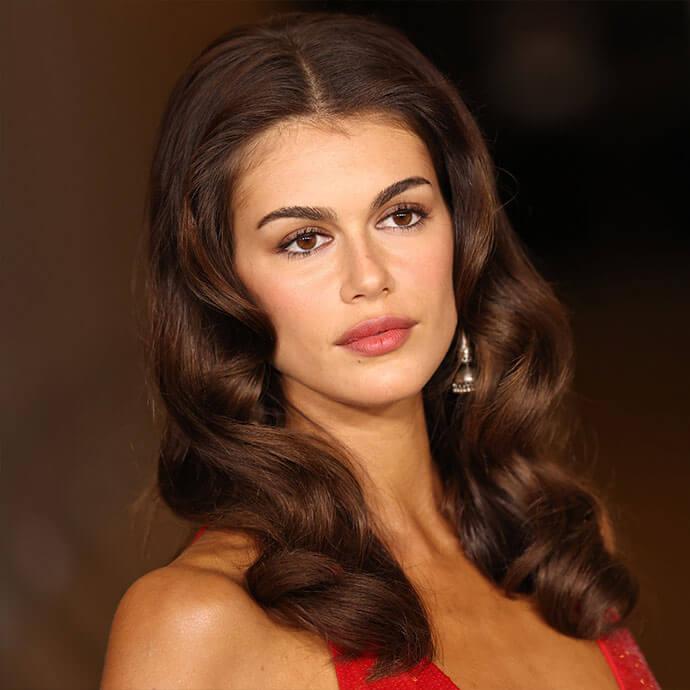
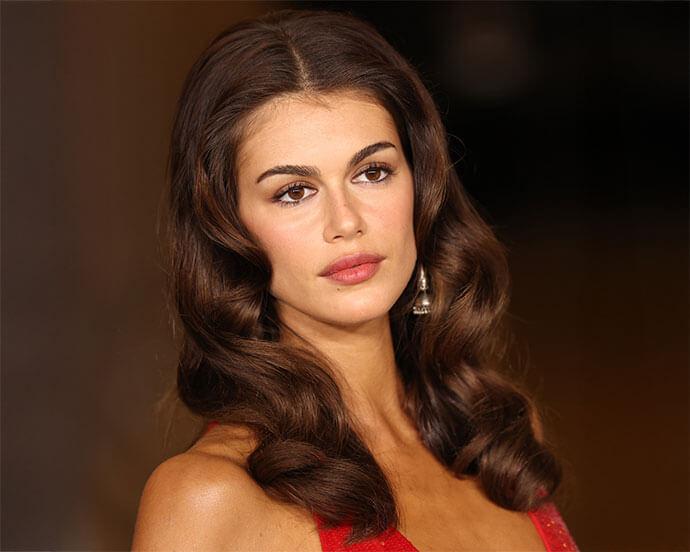
Hair
6 Hair Trends Set to Take Over in 2026, From Bixie Cuts to Bouncy Blowouts
Published on Dec 5, 2025 • 5 min read


Hair
21 Easy Hairstyles to Enhance Your Natural Curls and Coils
Published on Dec 3, 2025 • 11 min read


Hair
The Ultimate Guide to Styling Short Hair
Published on Dec 1, 2025 • 11 min read


Hair
From Bangs to Blonde: The Hair Trends Taking Over 2025
Published on Dec 16, 2024 • 5 min read


Hair
Scalp Exfoliation Is the Key to Healthier Hair—Here’s How to Do It Correctly
Published on Nov 21, 2025 • 9 min read


Hair
The 10 Best Hair Masks and Conditioners to Promote Hair Growth
Published on Mar 11, 2024


Hair
20 Trendy Hairstyles That’ll Make You the Life of the (Holiday) Party
Published on Oct 15, 2025 • 9 min read


Hair
Easy Thanksgiving Hairstyles to Look Polished While You Feast
Published on Oct 2, 2025 • 6 min read


Beauty Picked Just for You
Get 5 products worth up to $70
Plus exclusive access to epic deals up to 80% off
Starting at just $14/month. Cancel anytime.